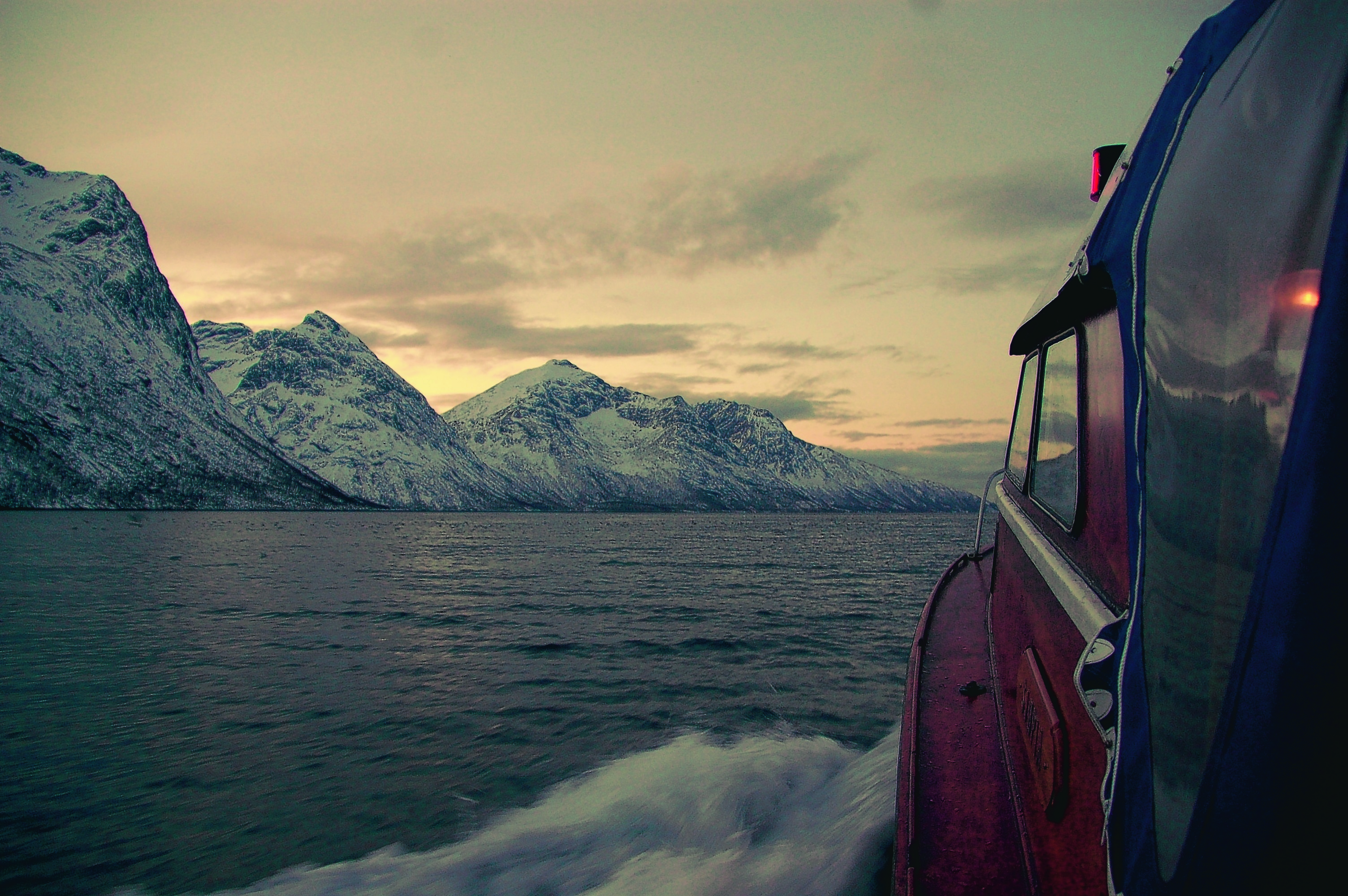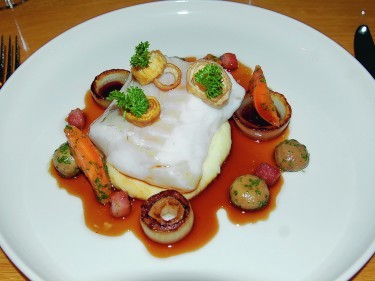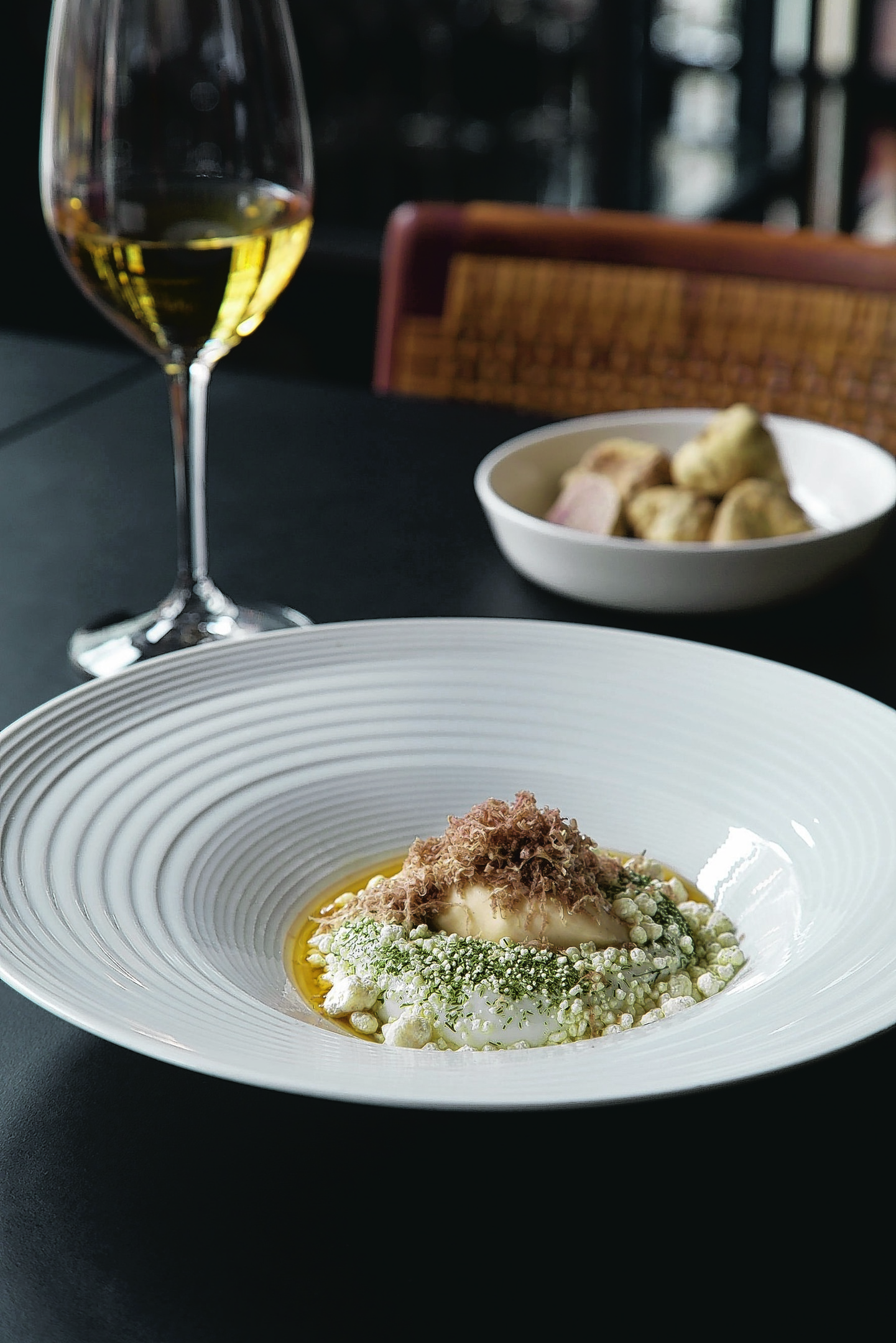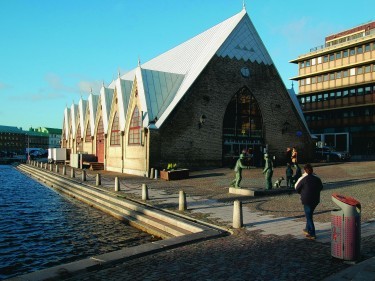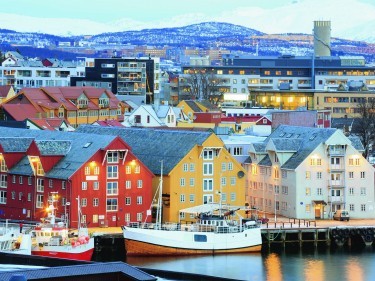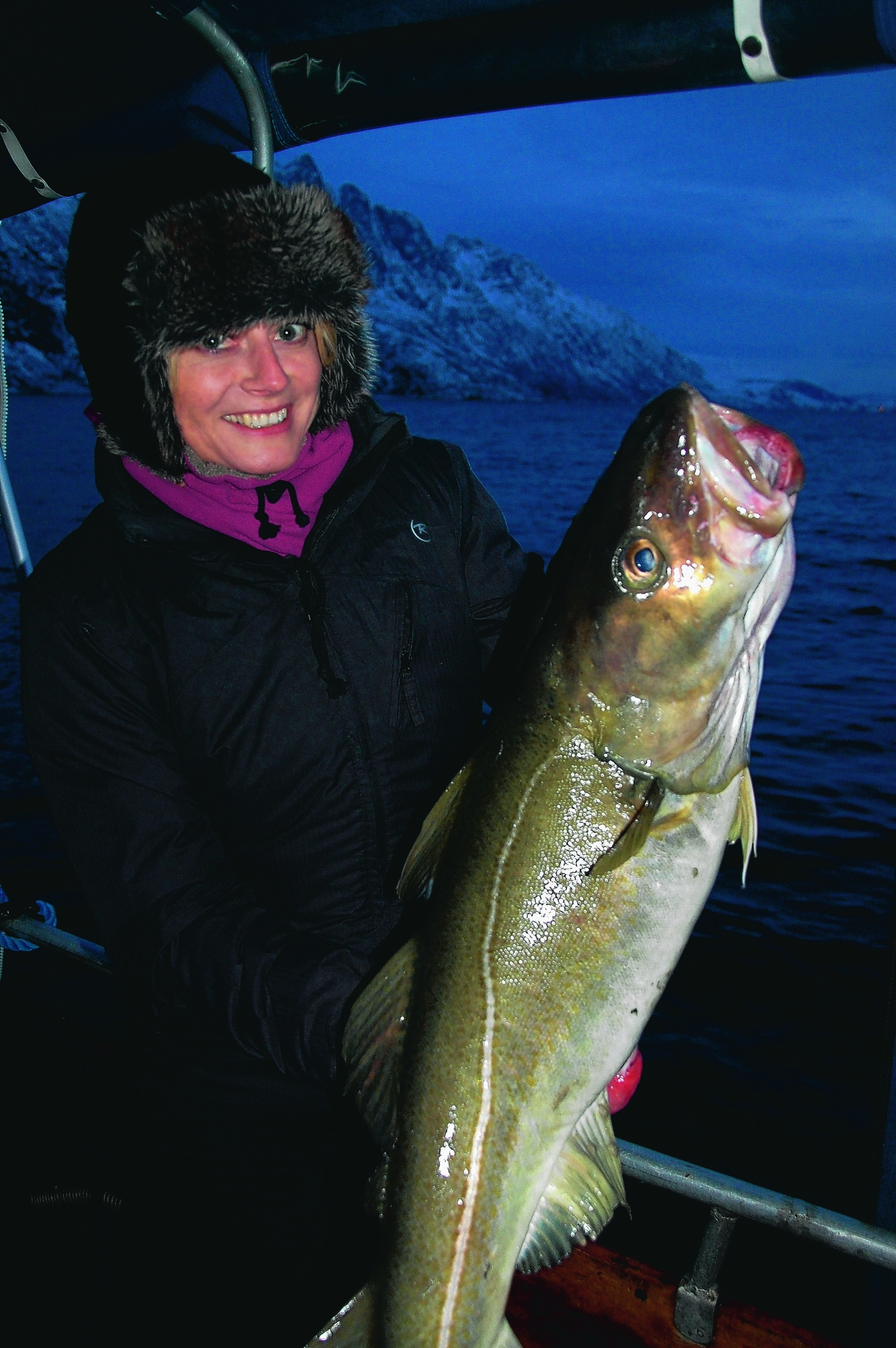Home to some of the world’s most innovative restaurants, the Nordic regions are a foodie’s heaven. Karen Bowerman picks her perfect dishes on a whistle-stop tour through Sweden, Norway and Denmark
For the guy that’s the equivalent of Gordon Ramsay in the Danish version of Hell’s Kitchen, chef Wassim Hallal seems a surprisingly agreeable chap.
He arrives at his new deli, sporting a flat cap and the broadest of grins, and welcomes us wholeheartedly to Denmark.
Maybe my delight in his smorrebrod (Danish open sandwiches) has something to do with this, but even when my foodie companion, Bill, begins drilling him on sarnie specifics (“Is there onion in the remoulade?” “How exactly do you make the chicken skin so crispy?”), he’s still patient and polite.
Bill and I are on a whistle-stop Scandi food tour. We’ve got three days to visit three cities in three countries – Sweden, Norway and Denmark.
“Scandinavia is more than meatballs, pickled herring and Carlsberg,” Bill says, defensively. He’s already a bit of a fan.
We meet Hallal in Aarhus, on the country’s east coast. His deli, F-Hoj, has a classy cosiness.
Our open sandwiches are heaped with toppings: smoked salmon with avocado puree, smoked cheese and fresh horseradish; potato and pear with mustard and honey; and eggs and crayfish with grapes and salsify.
“I think texture is as important as taste,” Hallal tells us. “I aim for crispy, creamy, salty and sweet, all in one mouthful.”
He also runs the city’s upmarket Restaurant Frederikshoj.
“At first, I just wanted to create high-end dishes,” he says. “But now I want to show that simple food can also taste great, as long as it’s made with good ingredients.”
Focusing on fresh, seasonal produce is at the heart of New Nordic Cuisine. It’s led to a renaissance of Scandinavian classics, including smorrebrod, which is now being seen, and served, in a new light.
MICHELIN STAR
Using organic, regional ingredients is also the aim of Nordisk Spisehus, where Bill and I have dinner. The restaurant serves signature dishes from Michelin-starred establishments.
“We get the thumbs up before we copy their menus,” a waitress reassures me.
The restaurant manager and sommelier, Ditte Susgaard, clarifies: “We don’t just copy; we try to turn every dish into a tribute to the chef who created it.”
I find the concept a little bewildering (shouldn’t a restaurant be defined by its own menu?) but it seems chef David Johansen, from Copenhagen’s one-starred Kokkeriet, is pleased. Nordisk serves his pigeon breast with truffle.
“I look forward to seeing my dish in the hands of other talented chefs,” he says, “because the best way to create culinary art is by being open to new ideas.”
Our eight-course dinner (DKK 899; £90) with wine pairing (DKK 749; £75) features dishes from five Copenhagen restaurants.
Among them is Clou’s salt and sugar cured scallop, topped with tiny discs of crispy rye bread and dried seaweed, and Kadeau’s squid in shrimp emulsion – the creaminess of the shrimp contrasting with a crunchy, almost palate-cleansing swede salad.
Each time, Susgaard arrives quietly at our table to present the wines.
For roasted turbot (Nordisk’s own dish), she pours an oaked chardonnay. Its ripe, mineral taste works well with the intense lobster jelly. For beef tartar, it’s the light berry taste of an elegant Baden wine.
Pudding is Nordisk’s own: salty hazelnut ice cream with crystallised white chocolate. It’s outrageously rich and insanely indulgent.
“How many calories are here?” I ask.
“Too many,” the waitress replies.
I leave, wondering if Nordisk needs to be more courageous. Given its dishes seem to hold their own in a Michelin-starred menu, does the kitchen really need to rely so heavily on the creativity of others?
FISH CHURCH
The next morning, Bill and I catch a ferry to Sweden’s west-coast city of Gothenburg. It’s known for its coffee culture (try da Matteo’s, which roasts its own beans) but we’re heading to the “Fish Church”.
It’s actually a 19th-century fish market in a building inspired by Norway’s wooden stave churches that were built without pillars.
The “aisle” is laden with fresh lobster, shrimp and salmon. But it’s the variety of pickled herring that catches my eye. Choices include oregano and pink peppercorn, carrot and juniper and onion and bay leaves.
I try herring and redcurrant, expecting the sour taste of vinegar, but instead, the fish is soft and almost creamy, with the fruit giving it a fabulous kick.
On a mezzanine at the far end of the market is Gabriel, where we’re having lunch. It’s run by chef Johan Malm, who won the World Oyster Opening Championships in 2010.
We eat sumptuously; fresh oysters from Grebbestad (two hours north of Gothenburg), the thickest of fish soups with sweet prawns and fish that’s almost al dente, and grilled plaice with browned butter and potatoes.
“I kept it simple,” Malm says, “to let the quality of the ingredients shine through.”
It’s quality again at the city’s new Koka restaurant, the latest venture from Michelin-starred chef Bjorn Persson.
For 14 years, he ran the multi-award winning Kock & Vin. Then, listening to customers’ requests for more affordable fine dining, he closed it down and opened Koka in the same premises, winning a best restaurant in Sweden award last year.
The restaurant is minimalist, its customers well-heeled. Our table is surrounded by oak shelves of sparkling glassware. Each place setting has a set of cutlery presented in its own wooden box.
Our five-course dinner (SEK 680; £54) with wine pairing (SEK 600; £48) includes Swedish crab on a mound of leek puree, and pork belly with Brussels sprouts and grated walnut.
The pork is served with a 2005 San Guglielmo Magnum. Bill beams – it’s what he calls a “classy wine”. Its acidity cuts through the fat of the pork and there’s a hint of spice and black cherries.
TROMSO
By the time we reach Tromso, in north Norway, we’re glad of a “lighter” supper. We have “just three” courses from the a la carte menu at Fiskekompaniet, a restaurant overlooking the harbour, but then get carried away with the wine.
I enjoy ravioli filled with scallops served in a blue mussel sauce (NOK 215, £18), steamed salted cod with bacon, carrots and mushrooms (NOK 325, £27), and an apple doughnut (NOK 145, £12). But it’s the wine that excels: Macon-Villages 2014 (NOK 462, £40) with our starter, Madeira Boal 1984 (NOK 127, £11 a glass) with our pudding, but it’s the Meursault ler cru Genevrieres 2011 (NOK 705; £60) that we can’t stop raving about.
On our final day, we forego fine dining for fishing. At Ersfjordbotn, a small hamlet 15km west of Tromso, we meet Trond Lorentzen, whose family runs a fish-processing plant at nearby Brensholmen.
We clamber on to his boat and chug through the fjord. Gulls bob on the water; shoals of herring dart beneath.
We drop a line and almost immediately I’m pulling it up again – along with a 7kg cod.
“It’s a fish I’ll never tire of,” Trond says, as we catch several more.
Gradually, the blue twilight gives way to sunrise. The sky turns rose and a humpback whale arches gracefully through the waves.
In a small flat above the fish-processing plant, Trond’s wife is peeling potatoes. We sit down to the freshest cod I’ve ever tasted.
As the day grows dark, talk turns to our foodie adventure.
“It’s been so much better than meatballs,” I joke, as Bill and I help ourselves to more.
TRAVEL FACTS
Karen Bowerman was a guest of the Danish, Swedish and Norwegian tourist boards. For more information, visit www.visit denmark.co.uk, www.visit sweden.com and www.visit norway.com
